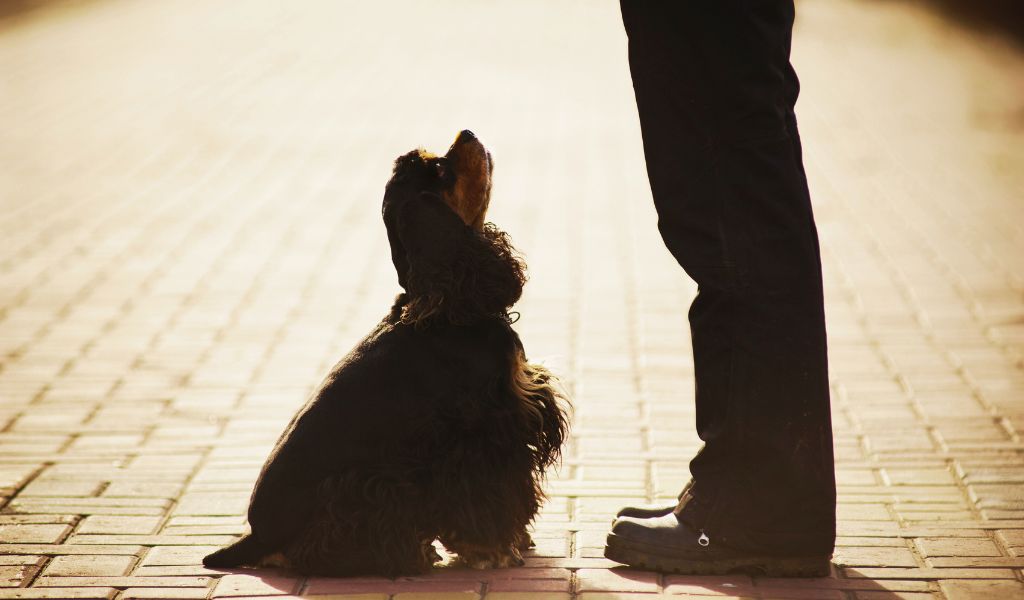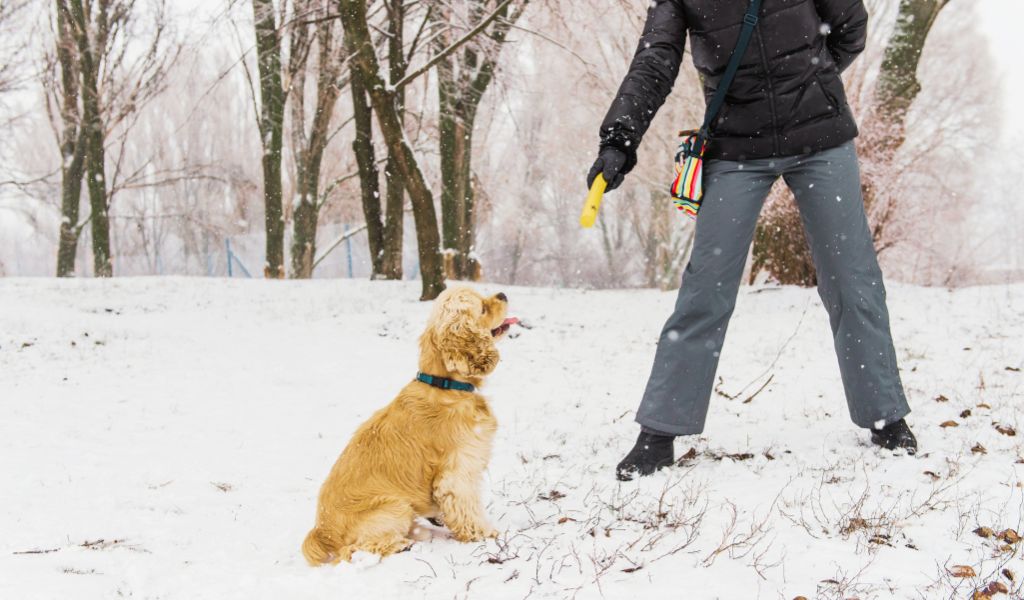Key Takeaways Table
| Training Element | Description |
|---|---|
| Understanding Cocker Spaniels | Acknowledge their intelligence, energy, and sensitivity for effective training. |
| Essential Commands | Focus on ‘Sit’, ‘Stay’, ‘Come’, ‘Heel’, and ‘Leave it’ for foundational obedience. |
| Training Techniques | Use positive reinforcement, consistency, and patience. |
| Dealing with Common Problems | Address issues like stubbornness, distractibility, and separation anxiety. |
| Advanced Training | Pursue continuous education and advanced training for mental stimulation. |
Understanding Your Cocker Spaniel
Before diving into training, it’s crucial to understand the unique traits of Cocker spaniels.
These energetic and intelligent dogs are known for their emotional sensitivity and require a patient, positive approach.
Their inherent social nature and potential for separation anxiety mean they thrive on interaction and consistent companionship.

Essential Commands for Basic Training
1. Sit
Teach your Cocker Spaniel to sit by holding a treat close to their nose and moving your hand up, causing their head to follow the treat and bottom to lower.
Once they’re in a sitting position, say “Sit”, give them the treat, and share affection.
2. Stay
After your dog has mastered ‘Sit’, introduce ‘Stay’.
Ask your dog to ‘Sit’, open your palm in front of you, say “Stay”, take a few steps back, and reward them if they stay. Increase the duration gradually.
3. Come
This command helps manage your dog in off-lead situations.
Start with a leash in a quiet area. Pull gently on the lead while saying “Come”. When they do, reward them. Gradually increase the distance and difficulty.
4. Heel
To keep your Cocker spaniel from pulling, use the ‘Heel’ command. Walk with your dog at your side and say “Heel.
Use treats to encourage them to stay at your pace. Reward them when they walk correctly beside you.
5. Leave It
This can prevent your dog from chewing on inappropriate items. Hold a treat in both hands.
Show them one enclosed hand with the treat inside and say “Leave it”. Ignore their attempts to get it and reward them from the other hand when they stop trying.

Training Techniques
Positive Reinforcement
Always use positive reinforcement. Reward your dog with treats, praise, or playtime when they obey.
This method strengthens their desire to learn and follow commands.
Consistency and Patience
Be consistent with your commands and training sessions.
Cocker spaniels, with their sensitive nature, respond well to a patient and gentle approach.
Dealing with Common Problems
Stubbornness
If your Cocker Spaniel is showing stubbornness, try to make training more engaging and rewarding. High-value treats can be especially effective.
Distractibility
Train in a quiet, distraction-free environment. As your dog becomes more focused, gradually introduce more distractions.
Separation Anxiety
To address separation anxiety, start by leaving your dog alone for short periods.
Gradually increase the time, ensuring they have toys and are comfortable.
Always greet and leave your dog calmly to avoid increasing their anxiety.
Advanced Training and Continuous Education
Advanced Obedience Classes
Enrolling your Cocker spaniel in advanced obedience classes can further their training, introducing them to complex commands and refining their skills.
Agility Training
Agility training can be an excellent way to stimulate your Cocker spaniel’s mind and body.
It enhances their obedience skills and provides an outlet for their boundless energy.
Continuous Reinforcement
Regular training sessions are crucial for maintaining and reinforcing learned behaviours.
Keep challenging your dog with new tasks and commands to keep their training fresh and engaging.

The bar chart visually represents the importance of various aspects in the training of Cocker spaniels.
Each aspect, such as understanding the breed’s characteristics, mastering essential commands, employing positive reinforcement techniques, addressing common behavioural problems, and engaging in advanced training, is scored on a scale of 1-10.
This visualisation helps to highlight the areas of focus that are most crucial for the effective training and well-being of a Cocker spaniel.
Conclusion
Training a Cocker spaniel requires understanding, patience, consistency, and a focus on positive reinforcement.
Addressing common behavioural problems with a gentle and persistent approach will ensure your Cocker spaniel develops into a well-behaved and happy companion.
Remember, the journey of training is ongoing and evolves as your dog grows. Enjoy this bonding experience with your furry friend!
